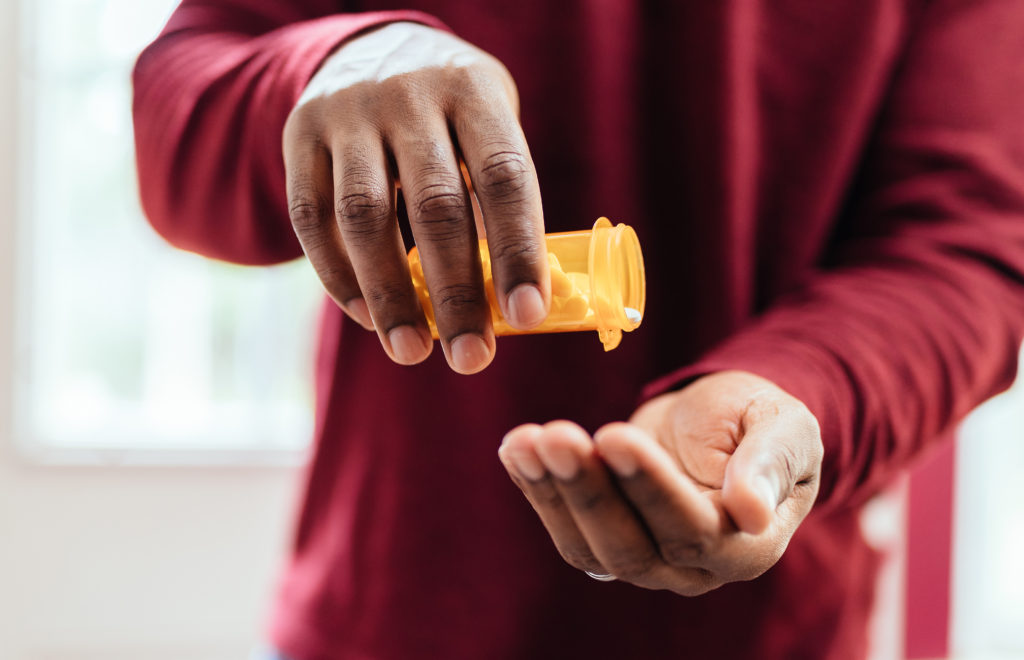The lingering pandemic has for two years been the country’s most-pressing public health priority. But while COVID-19 has been the understandable focus during that time, the health issue that the virus eclipsed in attention has not gone away. Hospitalizations and deaths as the result of opioid overdoses continue at alarming rates.
Since 2013, the leading method of unnatural death in Virginia is due to fatal drug overdoses. In 2018 (the last year of available data), opioid overdoses sent more than 7,300 Virginians to the emergency room, with over 1,000 patients succumbing to the drugs. It’s a rate double that of a decade earlier.
There is some evidence to suggest that one of the effects of COVID-19 has been to reverse incremental progress that had been made in addressing the opioid crisis. Greater isolation during the pandemic has exacerbated the challenges of providing timely treatment and support. This appears to be especially true within the African American community whose rate of overdoses is more than double that of other populations. Rural communities are particularly at risk as well.
Virtual Opioid Treatment Efforts Via Bay Rivers Telehealth Alliance
The issue has had healthcare providers working to provide new avenues of care, those that can be employed even as social-distancing restrictions make in-person care more challenging. One obvious solution is telemedicine, and the key time to turn to telehealth, says Donna Dittman Hale, is right after patients have completed the acute phase of treatment, that is, the treatment for the event that sent them to the emergency room.
Hale is the executive director of the Bay Rivers Telehealth Alliance, a non-profit telehealth network based in Tappahannock whose members serve medically underserved communities in rural Eastern Virginia, including the Northern Neck, Middle Peninsula and Eastern Shore. The organization did not grow out of the COVID-19 crisis, where so much telehealth activity found its roots. In fact, BRTA has been expanding access to medical care via telehealth technologies for more than 17 years.
On the opioid treatment front, Hale says that BRTA “is using telehealth-enabled technology to build bridges, especially bridges from the hospital back to primary care.”
One challenge, however, has not been so much a medical one but a cultural one. Too often, there exists a stigma associated with the treatment of opioid patients, reminiscent, says Hale, of the stigma associated with working with HIV and AIDS patients a generation ago.
“Telehealth helps on several fronts,” Hale says. “It helps lower the stigma and normalizes the treatment of opioid users, and it does so system-wide. And that helps with our recruitment and training so that we can address another challenge – an insufficient workforce of trained providers. Our goal is to really make the patients feel like their primary care provider.”
Toward that end, BRTA received some major funding from the federal government earlier this fall. A three-year grant for $500,000 will help provide treatment, recovery and prevention services within the organization’s geographic footprint, helping it expand practices that will reduce stigma and improve workforce training with respect to “psychostimulant use.”
The Comprehensive Opioid Response Through Behavioral Health Networks grant will not only increase BRTA’s members’ technical capacities but give healthcare providers greater capacity within the region’s behavioral health services system.
“As with all things,” says Hale, “we have to really focus on building a workforce that can adequately support the need for prevention, treatment and recovery services, but also integrate that into the behavior of primary care.”

